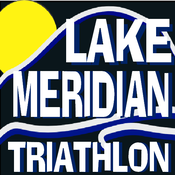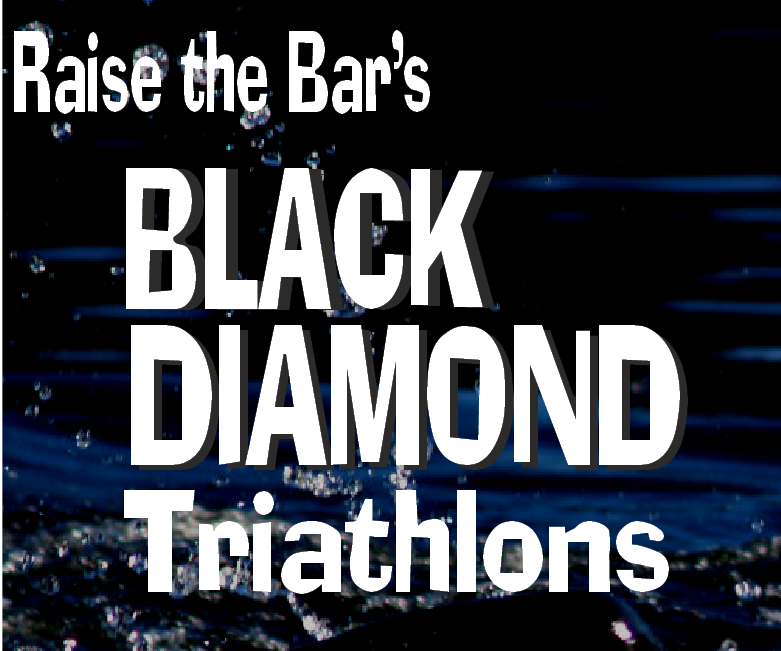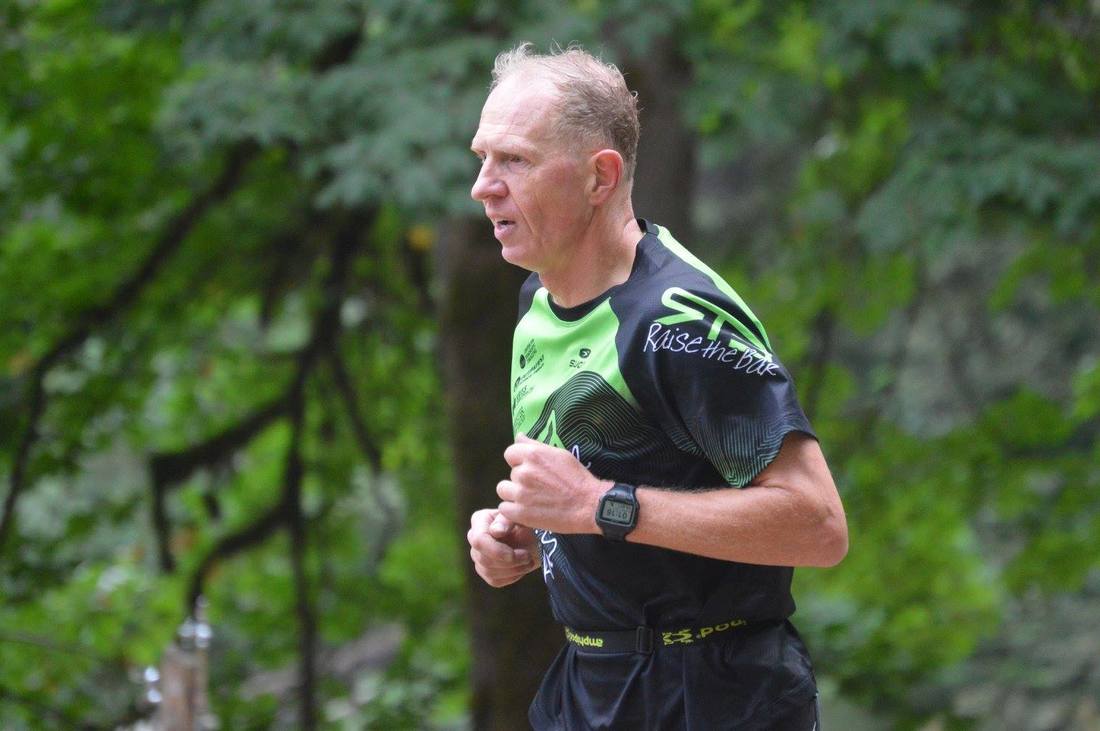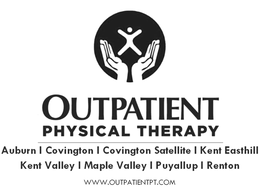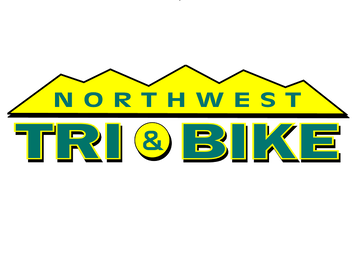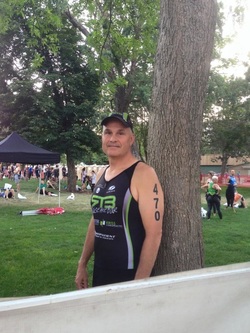 Fresh as a daisy... pre-race Fresh as a daisy... pre-race I am sure most everyone has heard about the challenges of this triathlon due to record high temperatures. The CDA June all time high was 102F, in 1927. Going into the race some forecasts were showing 108F as the projected high 24 hours out from the race start. I understand the official high was 102F and apparently we were at the cool spot in the region with Spokane reporting 105F and Walla Walla at 113F. There were unofficial reports of temperatures along the lake and the run course up to 106F. It was noticeably hotter out the far end of Hwy 95 away from the lake with reported readings from 109F to 118F. The race started warm at 70F at 5 AM and quickly heated into the 90’s so everything after the swim was just sunny and hot. This was my 43rd triathlon and 3rd full Ironman. It was my slowed by nearly an hour. I completed the race in 14:25 with 37 minutes of that as downtime fixing 3 flat tires so my actual moving race time was under 14 and I was fairly satisfied with this given conditions. Going into the race, the focus was temperature management and hydration. Both in preparation and execution I have ten points of what I did well or wish I had done better regarding the heat: 1- I decided to leave the aero helmet and used my regular bike helmet. This worked well for squirting water on my head. However, once temperatures exceeded my 98.6F (or so) body temperature, there was no noticeable air venting relief without cold water on my head. I still suspect my brain would have boiled if I had used my aero helmet and face shield. 2- I opted to wear bike sleeves. Historically I prefer to take a moment to put them for longer races for comfort on the aerobars. For this race I was questioning the wisdom of this. I opted for a lighter weight set (that happen to match the RTB kit colors too!). This turned out to be good move as I could squirt water on them and they were particularly effective when wet for cooling. 3- At 100F+ everything dries out quickly on the bike. At each aid station I took two waters; one to spray on uniform, sleeves, and head for cooling. The other to drink and mix with my liquid only bike nutrition slurry. 4- By 10 AM, any downhill bike movement provided no relief from the heat. Rather it became more like a blower dryer set on high directly in my face. I had to continually to remind myself to keep my mouth closed as it dried out very quickly otherwise and the hydration challenge became even greater. I suspect there is some additional friction heating that occurs under these conditions. I noticed that liquid in my aero bottle and cage bottles got quite warm. Water from aid stations was hot in 10-15 minutes in the cages. I noticed that when I put a bottle in the tri kit back pocket, not only did it give a little cooling on my back, the water also stayed cooler longer. I am rethinking of putting the rear seat bottle rack back on my bike. 5- My special needs water bottles were frozen solid at the drop. The bike bottle was slushy and still cold when I picked it up. The running bottle was hotter than me so I had to dump it and get water from the course. I wonder if a dry ice wrap would have kept it frozen longer. 6- I was lathered and slathered at T1 and T2 with sunblock. I had some minor sunburn on lats area of my back but overall I was well protected by the great volunteers that have what I think is a fairly yucky job. 7- On the run course it was all about ice, ice, ice! They had it at every aid station except one. I generally don’t like to run with a hat but started training with one this tri season as excess heat seemed to be the seasonal theme. At each aid station I put ice in the hat. This was incredibly effective for cooling. 8- I also took an old nylon stocking and filled it with ice to tie around my neck. Between the hat and this I never felt excessively overheated. 9- I don’t like to get wet on the run beyond normal body sweat (and for me that is still a lot). I had a contingency plan to get sprayed and even scoped out locations I could go into the lake if I was became really overheated. I never felt too hot so I avoided the hoses on the course but some zealous community members thought they knew better for me. Despite my best efforts I ended up with wet shoes. I changed into my dry socks at special needs. That could have been a mistake as the wet socks might have been “lubricating”. After changing I developed a substantial blister on my left foot. Also, the Vaseline I had put in a baggie was liquid in the heat and worthless. I later found some in solid form at the final turnaround but it was too late. 10- By mile 15 on the run I was starting to display some light heat exhaustion symptoms whenever I was running so it became a long walk finish. It was tempting to push on and persevere but I didn’t want to be among the numerous that were DNF’s and required medical attention with transport off the course. I had pleasant chats during the last 3 hours of the event with several other participants. The last fellow from Texas I walked with from miles 22 to 25 decided to run in the last mile. I saw him pass out and get carted away beyond the finish line so the risk was real even for the last mile. I enjoyed the celebration and cheering in RTB teammates instead; and then had a burger and beer J. All considered, this was a successful Ironman for me. I like to think I managed to take in a good balance of water, nutrition and electrolytes. I had no cramping or lack of energy. Perhaps I could have used more salt but I didn’t want to overload my system with sodium either. I am really hoping I paid my dues as this will be my toughest Ironman conditions this year and I get back to a more pleasant environments at Lake Tahoe and Arizona and once again thinking about the ambitious goal of sub 12:30. Negligent drivers. They come in all forms and we’ve all seen most versions of them. Some are behind the wheel texting on their smart phone, plugging in addresses on GPS navigation systems, or chatting away on their phones. Boats have more equipment on their dash boards than ever – not to mention wakeboard towers racked with speakers and their music. Diverted attention is a triathlete’s worst nightmare. We are the vulnerable little guys and gals surrounded by mere mortals operating thousands of pounds of powerful steel. It’s a simple matter of physics: when one of these neglectful vehicle operators messes up, you will be impacted much more severely than if you too were encapsulated in a car. The Washington Traffic Safety Commission collects collision data summarizing the numbers affected by driver negligence. Here’s some selected statistics covering both vehicular perpetrators and their victims. Between 2008 and 2013 each year distracted drivers (eg. cell phone, eating, swatting a back seat brat) caused 111 to 144 fatalities and 212 to 495 serious injuries. The numbers are not that much different than fatalities caused by alcohol impaired drivers (126 to 189 per year). During the same 2008 to 2013 timeframe, Washington cyclists suffered between 80 and 110 serious injury collisions and were victim of 6-12 fatalities. For pedestrians fatalities were between 50 and 75; and serious pedestrian injuries ranged between 259 and 337. Cyclists and runners may avoid late-night drunks, but they have a serious history as victims of drivers negligence. With all that in mind, what follows is a quick lesson that should guide your understanding of negligence and cycling law. Look for the sequel article discussing how to be prepared for an accident. In Washington there are laws describing cyclists responsibilities. And there are laws that describe automobile operators’ responsibilities. With a few exceptions, the rules of the road are the same for both. Our courts have repeatedly assisted cyclists when negligent drivers have tried to argue absurdities. For example, the state supreme court has ruled someone riding a bicycle through a crosswalk enjoys the same rights as someone walking through the same crosswalk. Drivers are expected to yield to cyclists when cyclists need to ride on the roadway rather than a shoulder to avoid gravel or other hazardous conditions. But otherwise, there are not special rules that essentially favor cyclists. We might get some occasional bike-only lanes, but the law doesn’t grant us a red carpet wherever and whenever. We’re supposed to signal when we turn, honor traffic lights, and stay as far as we can to the right. But if we get hit by a car, we aren’t entitled to recover for anything in particular unless the accident was somebody else’s fault. Nevertheless, given driver’s legal duties to share the road and to drive with care for the safety of others, cyclists typically have strong legal claims when they are injured by others negligence. Most often it is motor vehicle operators who hurt cyclists. But poorly managed pets, other cyclists, and dangerously built roadways can all cause cyclist injuries and none of them are immune from having to help you if they are responsible for your injuries. This often means that something other than an automobile policy needs to be reviewed and accessed when seeking to fairly compensate the victim. Come back next week for Part II to learn about the next stages of the legal process when someone is hurt by a driver. 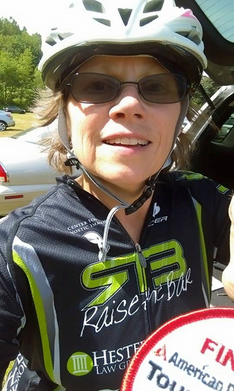 My name is Pam Kozu and I am one of the lucky ones. I am grateful that I love my career as a nurse, have 2 fabulous grown children, and a very supportive loving husband. I bring that same gratefulness to my pursuit of triathlon. This year will be my fourth season as a triathlete and though I may be on the slow journey - it's my journey. It all started when my spin instructor, Mike Swienty, suggested I tri a triathlon. At first, I was a little hesitant thinking there was no way I could ever do it. I was a competitive swimmer in high school and college and ran a couple of marathons in my 20's but I left those sports a good 30 years ago. The first year I completed one sprint and had it not been for RTB I am sure it would have been my last. I am grateful for the friends, the group swimming, the Tuesday track, the lake swimming and the all-around encouragement that I have received for the last 4 years. I have always used exercise to control my migraine headaches and over the years have appreciated a goal to reach for. Last year I did my first Olympic triathlon at Seafair and look forward to competing in 2 more this summer. I have been grateful for the following advice and encouragement along the way: 1. Wear a wetsuit - it will help you swim faster. (unless you're claustrophobic) 2. Wear dark tinted goggles in the lake - the sun will be in your eyes at one of the turns. 3. "Make sure you warm-up before the swim – swim 50 strokes out and 50 back" -Patty (I panicked the first time and had to hang on to the surfboard, so I’m glad I took this advice the second time around) 4. "It will be fun to run a ½ marathon! Are you in? Always more fun when you have friends there." -Sean (even if you do have to take your shoes off every 5 miles) 5. "Gator tires cause fewer flats." –NW Tri and Bike (they always have good advice about everything!) 6. "Keep your legs moving fast even on the hills." -Mike (I'm still working on this one) 7. "Move your arms and your legs will follow." -Mary 8. "Long and slow" -Erin I am grateful to be involved in a sport that offers good clean fun, competition, drive, ambition, and good health. I am grateful that I can be mediocre at all three sports and there is still a place for me. I am grateful I tri and I am in it for the long haul. |
Raise the BarRace reports, upcoming events, news, and more, from RTB. Archives
September 2023
|

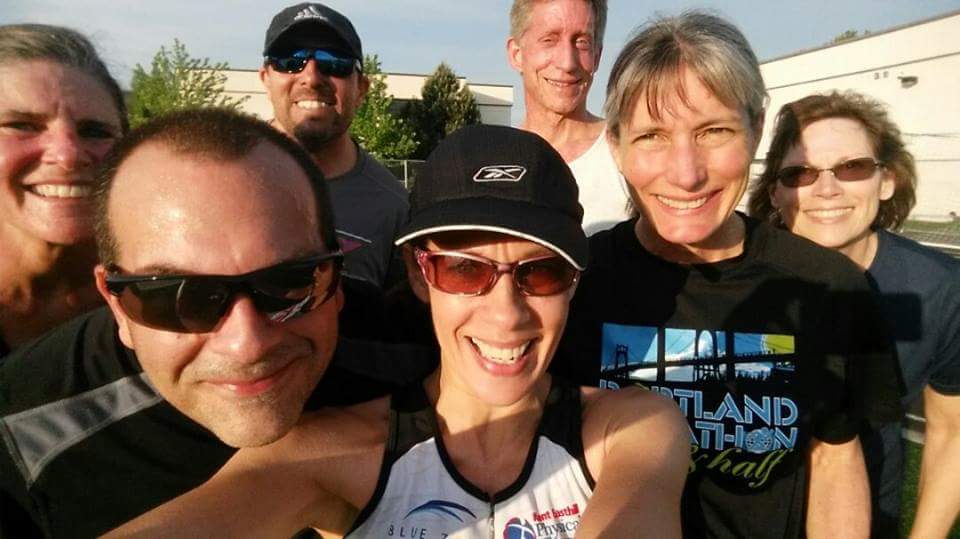
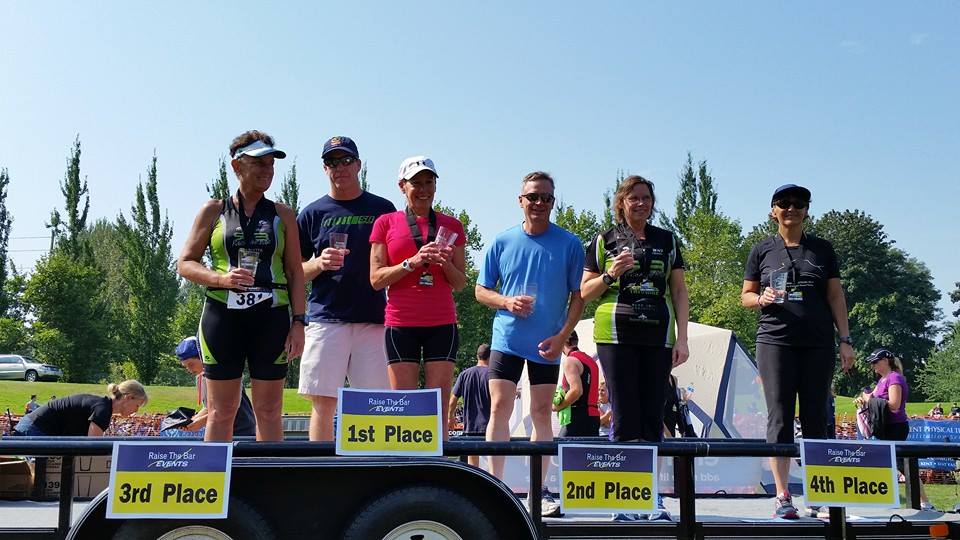
 RSS Feed
RSS Feed
